Procedural memory in the learning of alpine skiing
The following situation is one you’ve most certainly experienced. You’re driving your car on a route you drive frequently. Half way there, you realize that you’ve covered all this distance without really being aware of it. As if you were somewhere else. You were probably thinking about the day ahead or where you were going next winter vacation.
However, you made all the stops and scrupulously observed the Highway Code. That’s when you’re using procedural memory. As you repeat the same trip, the brain encodes the sequence of actions needed to accomplish the task. It operates completely unconsciously.
The elite skier also calls on this memory when tackling a series of turns in a race, absorbing several moguls in a few seconds in freestyle skiing, or executing a complex jump in a terrain park. The brain analyzes all the complexities in a fraction of a second to take the appropriate actions without our conscious knowledge.
This allows us to focus on other things such as anticipating the actions to come and selecting the correct action to take. Obviously, this is not the time to think of coming vacations! It is well known that an elite athlete has to accumulate about 10,000 hours of training to truly master their sport.
However, you don’t need to spend that much time to automate the right behaviour in alpine skiing. You must, though, consider three very important aspects during training. For example, to fully develop the movement of carving turns, your training must take the following into account:
Cognitive engagement: you have to understand what you’re trying to do. In the example being considered, that means carving the turn on the edge of ski. You also have to understand the logic behind the technical action that you’re trying to take so you can reproduce it in different conditions (speed, type of snow, steepness of the slope…).
Being psychologically (emotionally) ready to get involved in the action: if I ask my athlete to launch into a carved turn on a steep, icy slope, they must first have learned to do this movement in an easier environment. Otherwise, the emotional demand can be too great for them be completely confident in doing the turn.
Carrying out the movements: to link the movements properly, the athlete has to focus on external cues and their body’s internal cues. In our example of carving on a steep slope, the athlete has to find their balance on the outside ski, engage their body on the inside of the turn, create the appropriate angles using the joints of the hips, knees and ankles (and in contrast to popular belief, this is not done in sequence but all at once) and transition towards the next turn.
Physical condition is also a determinant in getting it right. These are the three dimensions of learning from Joan Vickers. These three factors are also part of the six steps of deliberate practice from Anders Ericsson. Linking the actions has to be done numerous times, always bearing these three dimensions in mind. To make everything automatic, the movements must first be conscious.
The turn will be slow initially (taking about 3-4 seconds per turn). When it’s been mastered, the same turn can be done in 1.5 to 1.2 seconds (slalom turn). If the sequence is weak or wrong and has to be corrected, you have to deconstruct the movement and start again with the steps.
That can take a lot of time, which is why it’s very important to be precise and committed in the training before procedural memory takes over.
More from this author by clicking on his picture below.

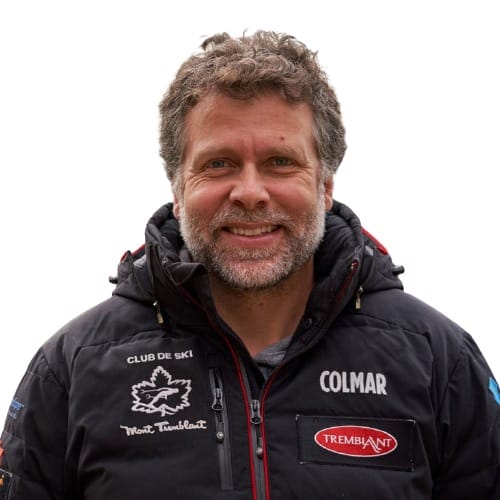
Jocelyn Huot30 Posts
Entraineur Chef du Club de ski Mont-Tremblant Entraineur Niveau 4 certifié FESC / PNCE Niveau 3 de l'Alliance des moniteurs de ski du Canada Formateur pour Alpine Canada depuis 2007 Head coach of the Mont-Tremblant Ski Club Leve 4 FESC/PNCE – certified coach, Level 3 CSIA/AMSC – certified instructor
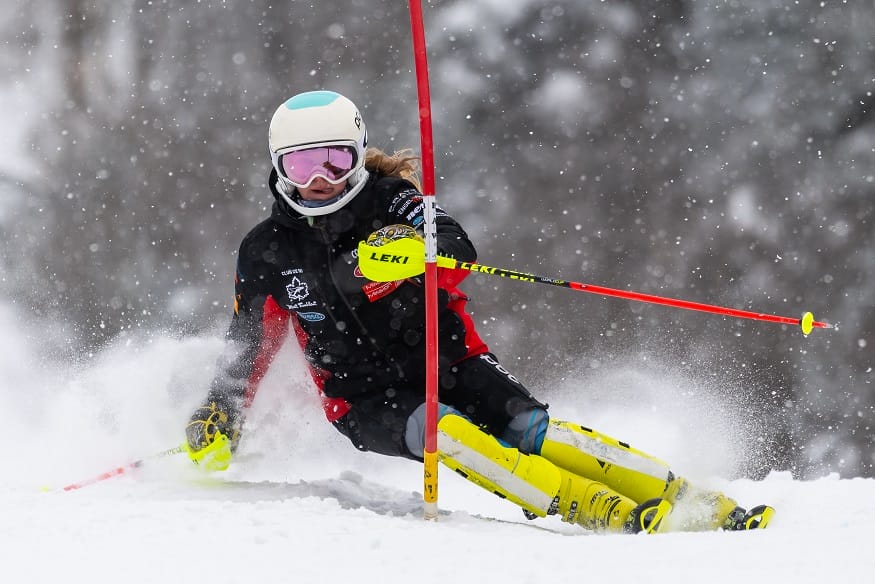

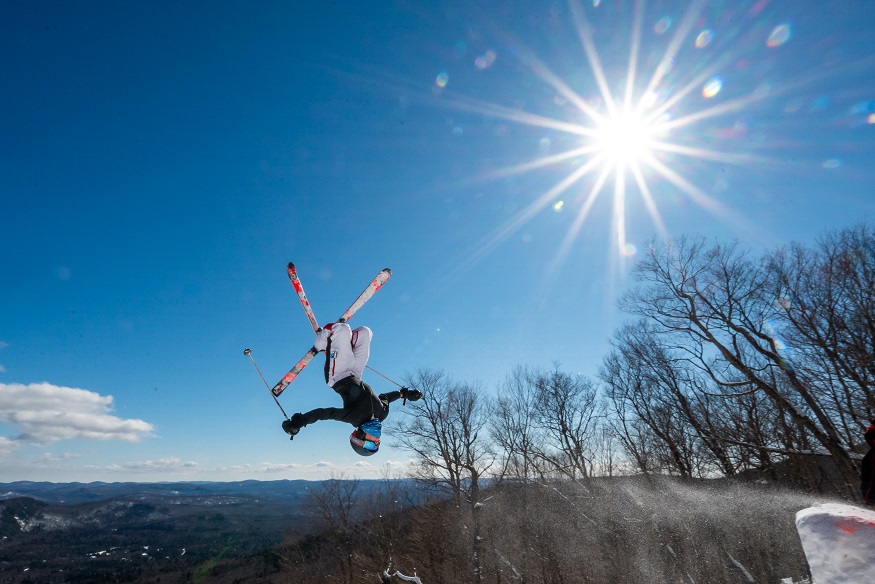
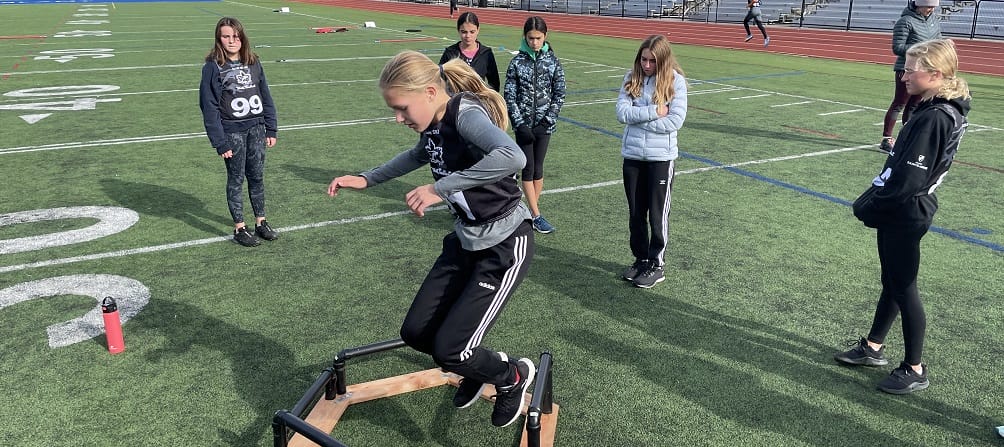

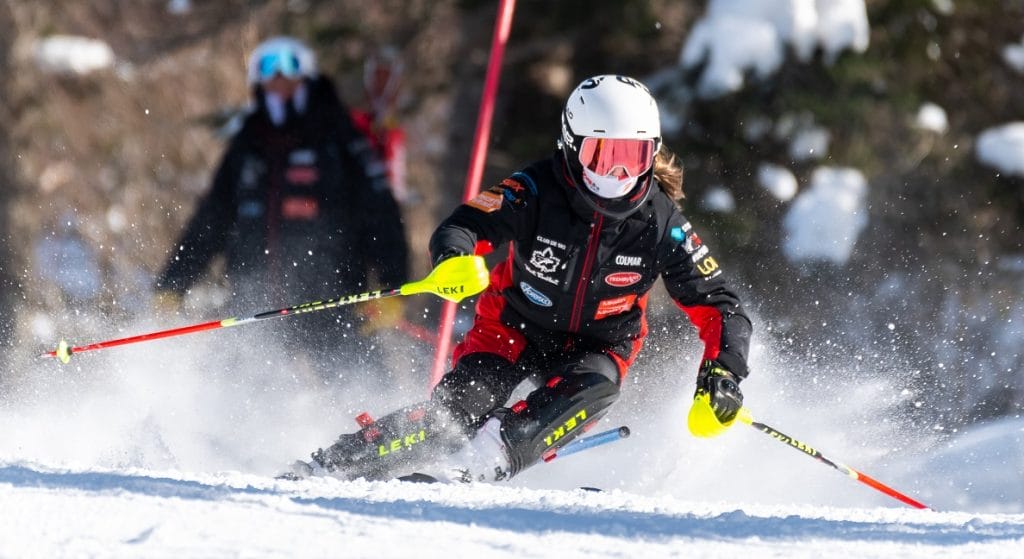

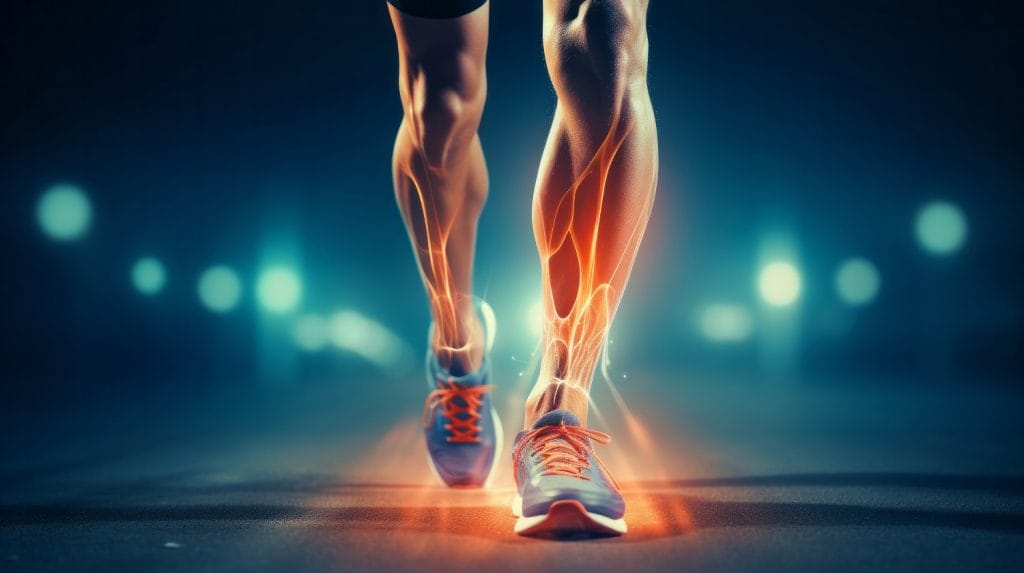
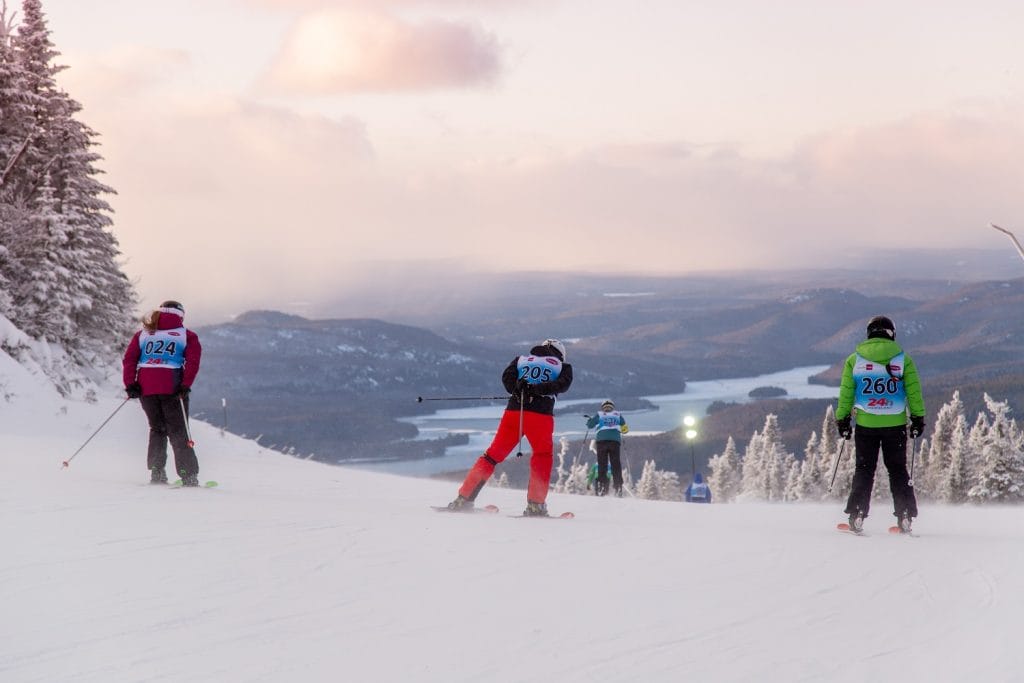
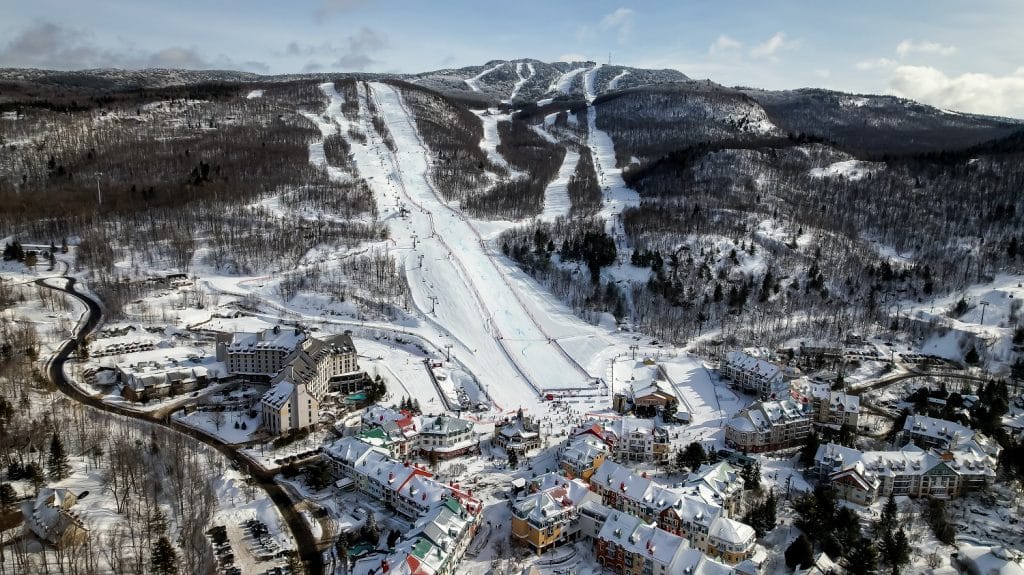
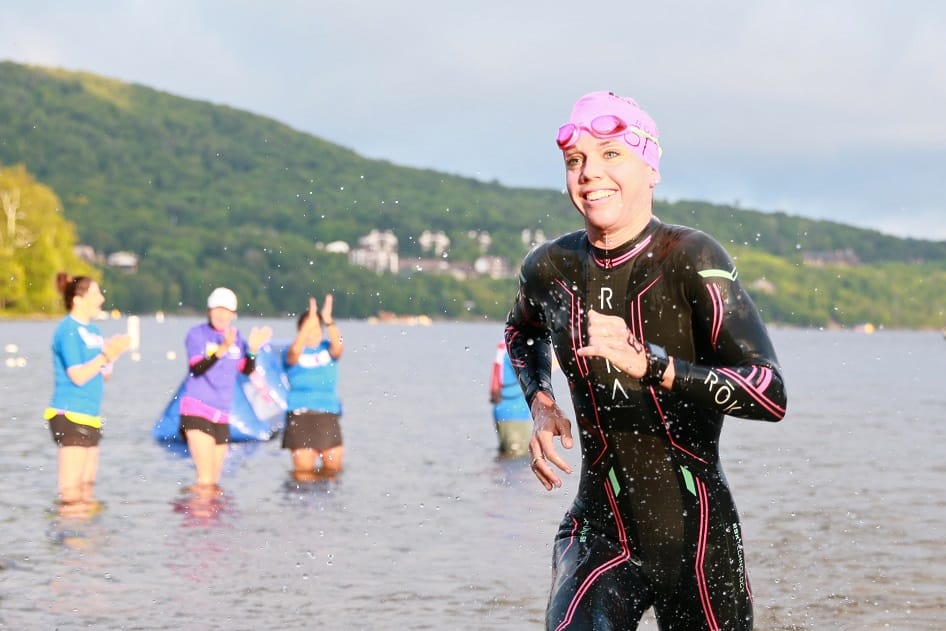
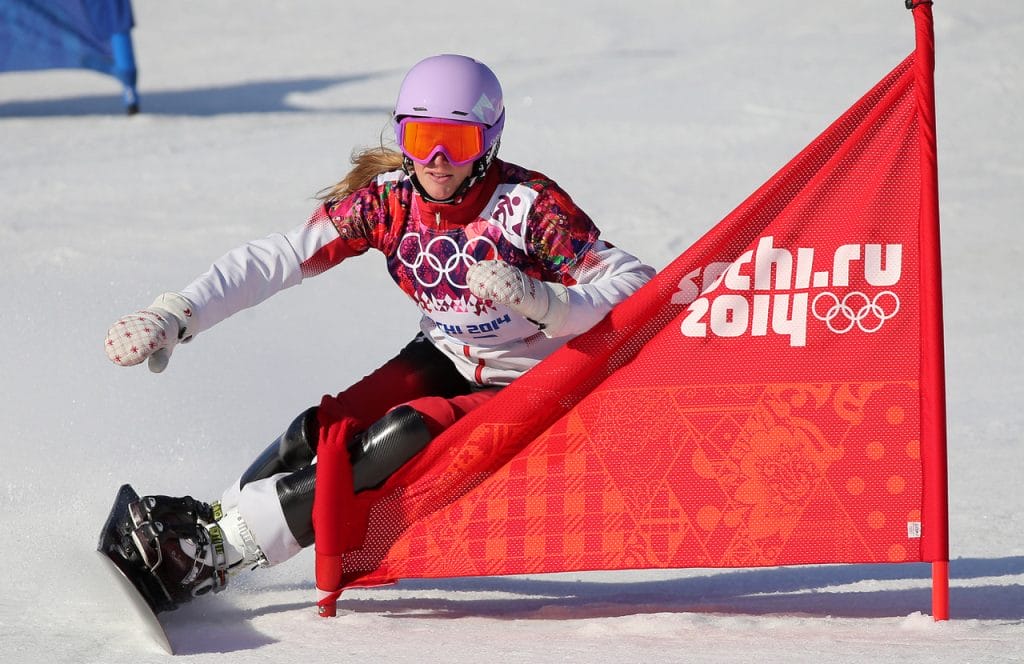
0 Comments